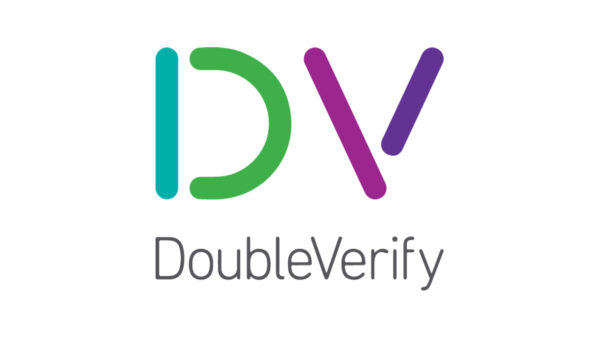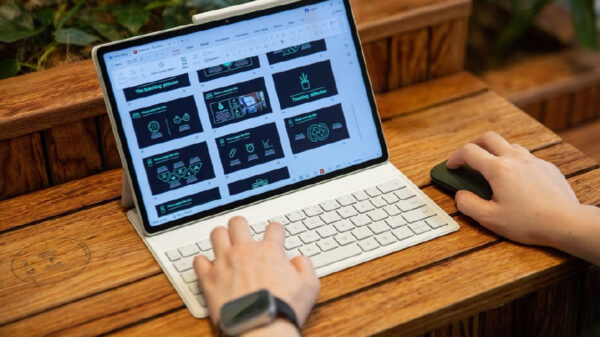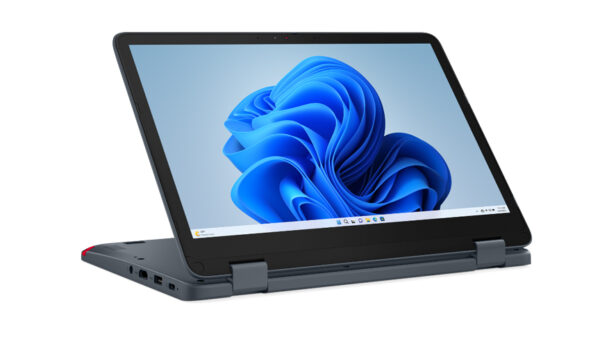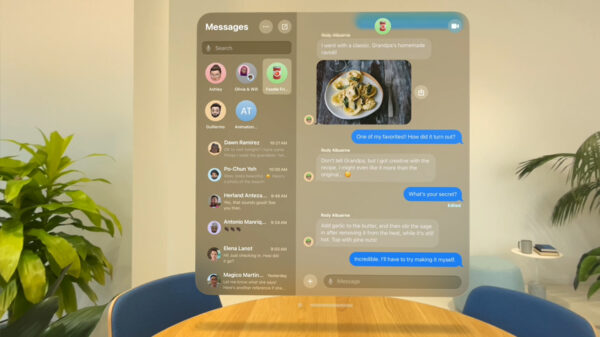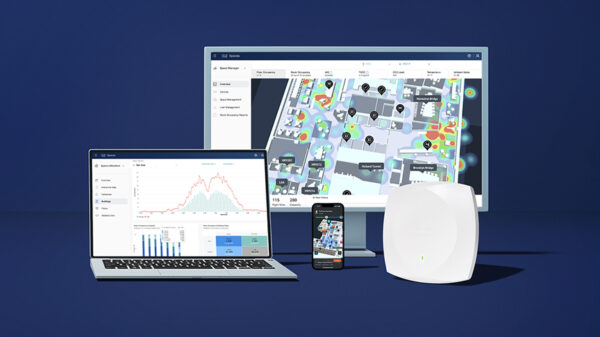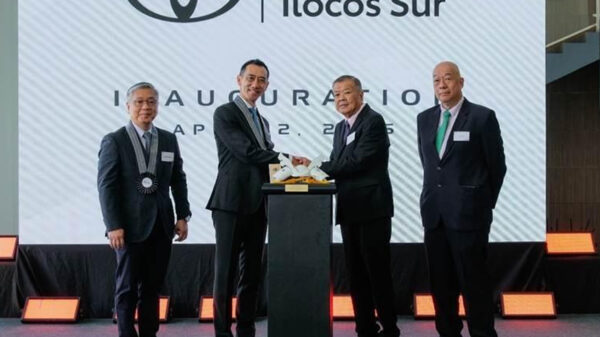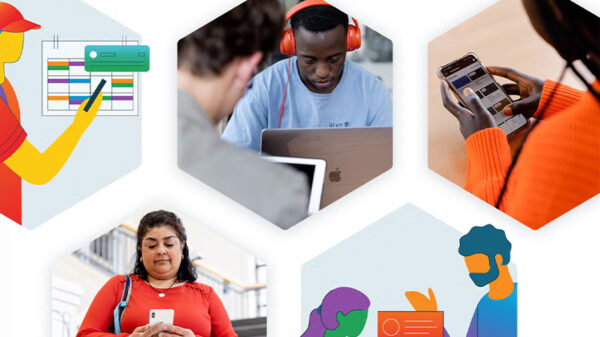In recent years, organizations have experienced a dynamic shift as they were challenged to transform and embrace new ways to ensure continuity. Many employees were also commanded to upskill to adapt to the digital transformation of the industry where they belong. Succinctly, everyone’s values dared to rise beyond the disruptions. Hence, the work-from-home setup was established to sustain the business production amid uncertain times.
As the world slowly reopens and transpires to the “Beyond New Normal” era, companies gradually return to the office. Companies resort to flexible work arrangements in the effort toward a smooth transition to a return-to-office scheme. Some are authorized to work beyond the borders of their offices. Some work under a compressed 40-hour work week. Others operate on a skeleton workforce. There are also employees allowed to work flexitime.
While some can effectively work remotely at home, others struggle to balance their personal lives and work commitments. While flexible working supports work-life balance, it can also impose stress and anxiety on people. Thus, institutions must come prepared for the proper implementation of flexible work.
But how can companies make flexible working “work?”
With its Work Life Shift principle, Fujitsu pioneers its “Smart Working,” “Borderless Office,” and “Culture Change” practices to enhance productivity without online or offline boundaries.
There are crucial elements that must be prioritized before encouraging its people to return to the office while doing flexible working work. These elements are also instrumental in making a resilient organizational culture happen.
Inclusive Culture
It is essential to build a sense of belongingness in the company–where people feel like they belong, can be themselves at work, and ask for help and support. Thus, creating an inclusive culture in hybrid work is a top priority. Especially in using smart tools and technologies, it is equally important to value their contributions despite their capabilities. At the same time, using easy-to-navigate technologies can make them feel like the protagonists of their work adventure and makes them more engaging at work.
Employees Well-Being
Companies shifting to a hybrid workplace have become more reliant on digital technology to operate. However, this burdens the employees and business leaders if the organizations fail to support the employee experience and well-being.
For Fujitsu, people’s well-being is a priority. “Training leaders to support well-being in the workplace by encouraging teams to take breaks and ensuring no one is isolated. We are also using analytics to monitor the well-being and give people reminders to take a break,” Carla Hall, head of workforce and workspace services at Fujitsu, shared.
Work Agility Through Flexible Boundaries
Boosting the agility of your hybrid workforce requires a new set of skills and a fresh approach to finding them. The first step is to modernize the workplace. The second one is to upskill your people. The Fujitsu Borderless Office gives your people the flexibility to get work done wherever and however they choose. Also, equipped with Microsoft 365, your people remain secure and productive from anywhere, using their preferred device – whether these are corporately or personally owned.
Human-Centric Approach to Employee Experience
Companies investing in their employees’ experience results in long-term commitment. Amidst this digital transformation, companies must develop human-centric transformation focusing on people, their experience, productivity, and collaboration in a secure and compliant manner. Incorporating new technology in the workplace that empowers its people gives new levels of experience to its people.
From WFH to RTO, flexible working can work. Eventually, investing in new skills and the right technologies will thrive the workforce, raise productivity, and attract and retain top talents.

